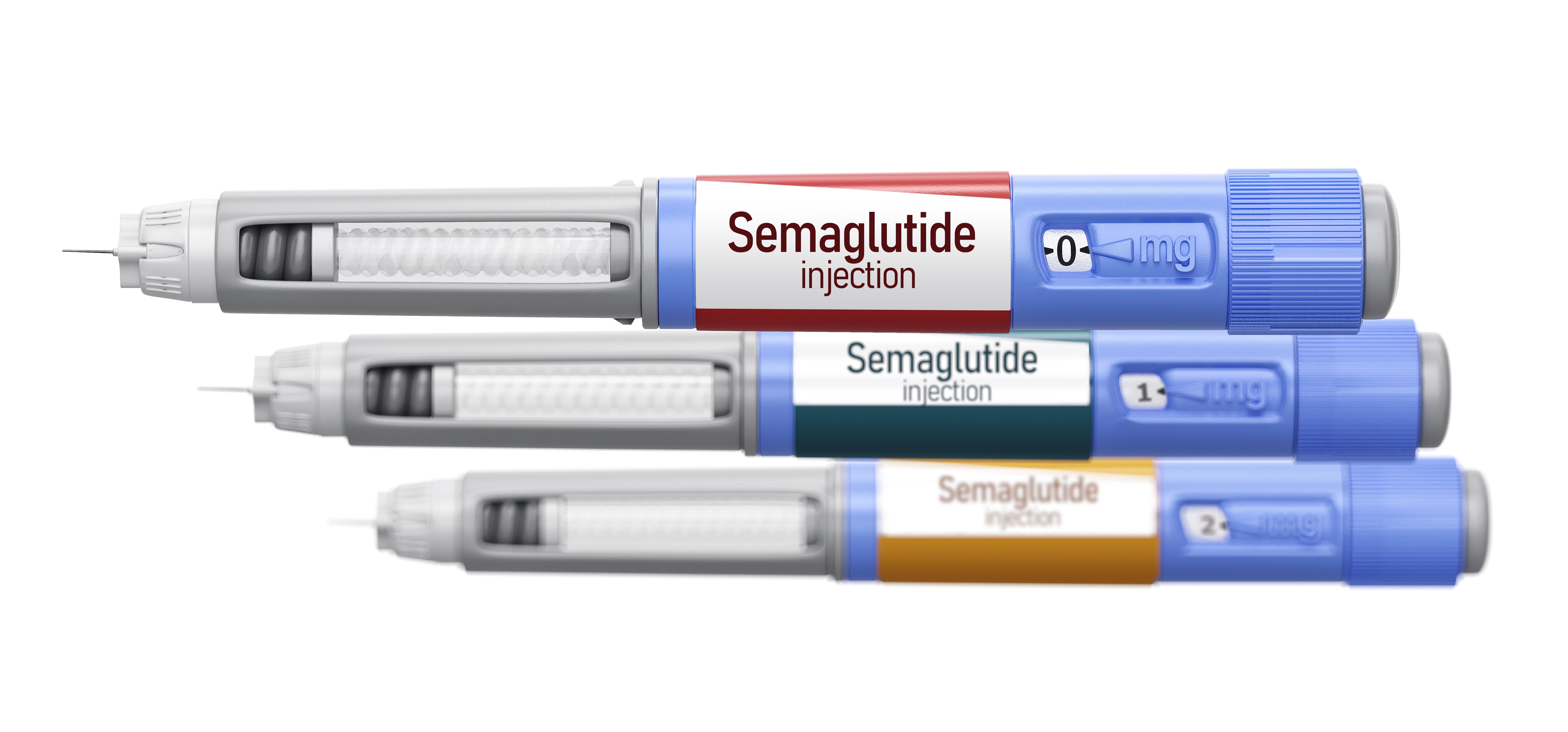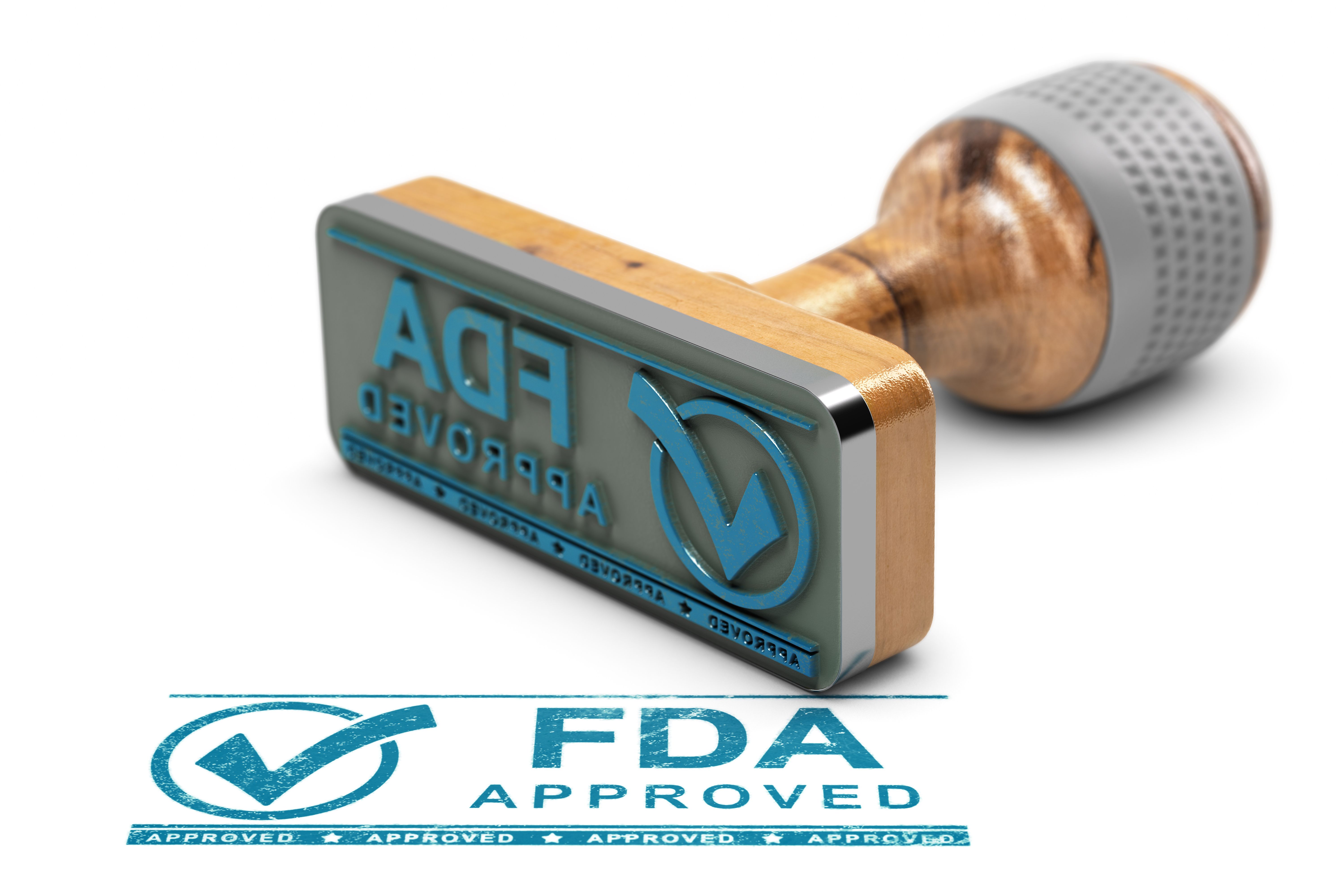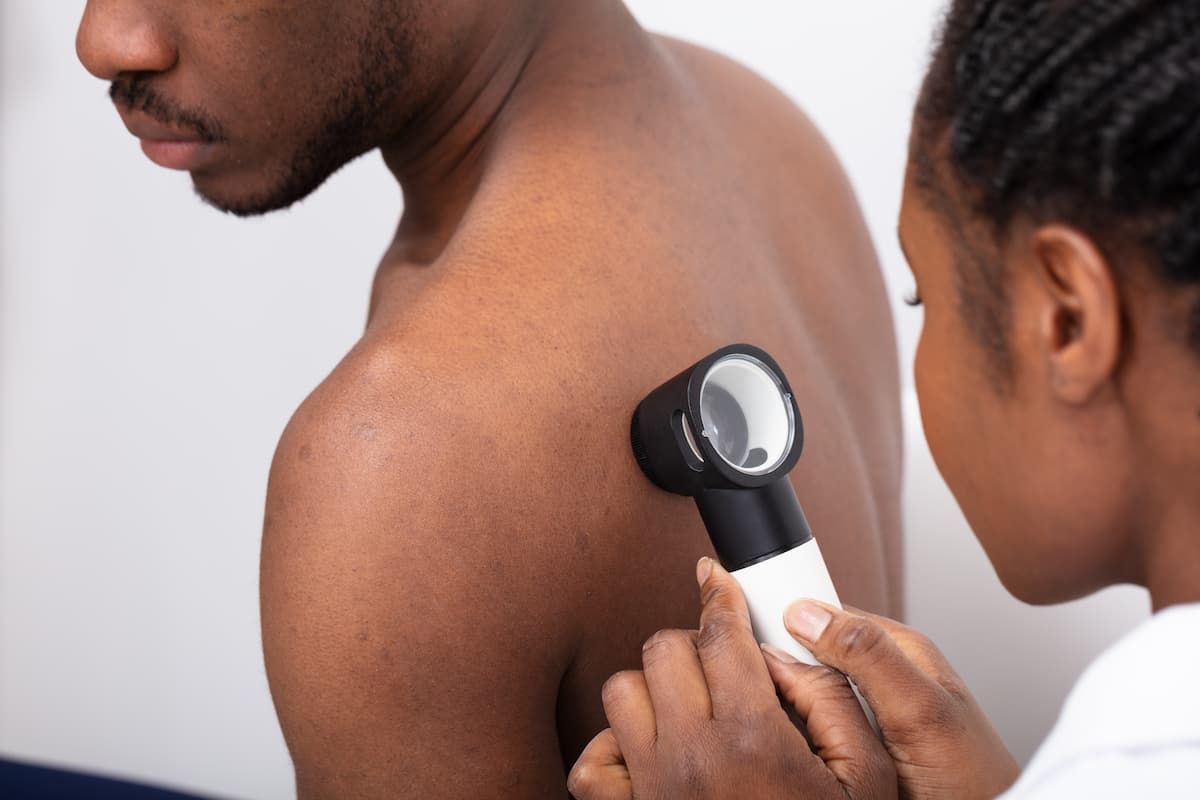Article
Intense Pulse Light May Be Effective, Well Tolerated for Mild to Moderate Acne
Author(s):
The findings showed no significant differences between the treatment and benzoyl peroxide, and they suggest that intense pulse light is both effective and well tolerated among patients.
A pair of researchers has shared findings from their study comparing intense pulsed light therapy (IPL) and benzoyl peroxide (BPO) 2.5% gel for the treatment of patients with mild to moderate inflammatory acne vulgaris, a common disorder that affects over 85% of adolescents and young adults.
Their findings show no significant differences between the 2 treatment methods and suggest that IPL, which has 3 mechanisms of action—photochemical, photoimmunological, and photothermal—is both effective and well tolerated among patients, similar to BPO.
These findings were published in a recent issue of Journal of Population Therapeutics & Clinical Pharmacology.
“BPO has lipophilic ability. Thus, it can penetrate the pilosebaceous duct, and it has been proved to be effective in superficial inflammatory acne. When applied on the skin, BPO decomposes to release oxygen free radicals, which has a bactericidal effect on sebaceous follicles as well as act as an anti-inflammatory agent,” wrote the researchers. “Technology of IPL was developed as an alternative treatment for acne vulgaris because of its effectiveness in accelerating the photochemical reaction of porphyrin, ability to decrease the risk of bacterial resistance, and faster onset of action.”
The study included 47 patients aged 15 to 40 years, 20 of whom received IPL for 3 sessions every 3 weeks (Group A) and 27 of whom used BPO 2.5% gel every night for 9 weeks (Group B). Seven patients using BPO 2.5% gel did not complete the study.
All patients in the study had their acne lesions graded. One-fourth of patients were considered mild (5 patients receiving IPL and 5 patients receiving BPO), and 75% of patients were considered moderate severity (15 patients receiving IPL and 15 patients receiving BPO). Gender distribution was also even between the 2 groups, with each group comprising 5 males and 15 females.
Three weeks after finishing treatment, patients underwent evaluation of their inflammatory acne vulgaris. Prior to treatment, patients in the IPL group, had an average total lesion count of 24.95 and patients in the BPO group, 24.050. At follow-up, both groups saw statistically significant improvements in their total lesion counts (55%), and total lesion counts were not significantly different between those receiving IPL (10.95) and those receiving BPO (10.7).
Marked improvements were also reported in patient satisfaction following treatment, again with no differences between the 2 groups. The researchers note that satisfaction was superior for IPL after the first session of treatment, but subsequent visits showed no differences compared with BPO.
“At the end of the study, improvement in skin texture and skin getting smoother were noted in 8 (20%) patients using IPL therapy. About 4 patients (10%) in Group A and 6 patients (15%) in Group B still had a few new occurring lesions regardless of healing of most old lesions,” commented the researchers.
They noted that at the end of the study, despite the healing of most old acne lesions, most patients still experienced a few newly occurring lesions.
Reference
Al Abdullah MJ, Mahdi YG. Intense pulled light versus benzoyl peroxide. J Popul Ther Clin Pharmacol. 2022;28(2):e54-e61. doi:10.47750/jptcp.2022.856





